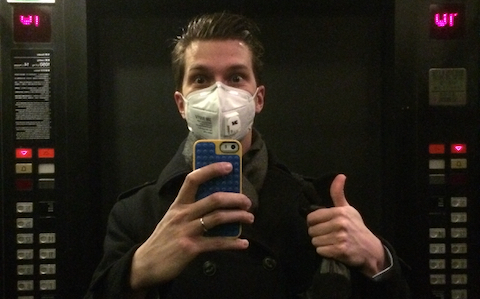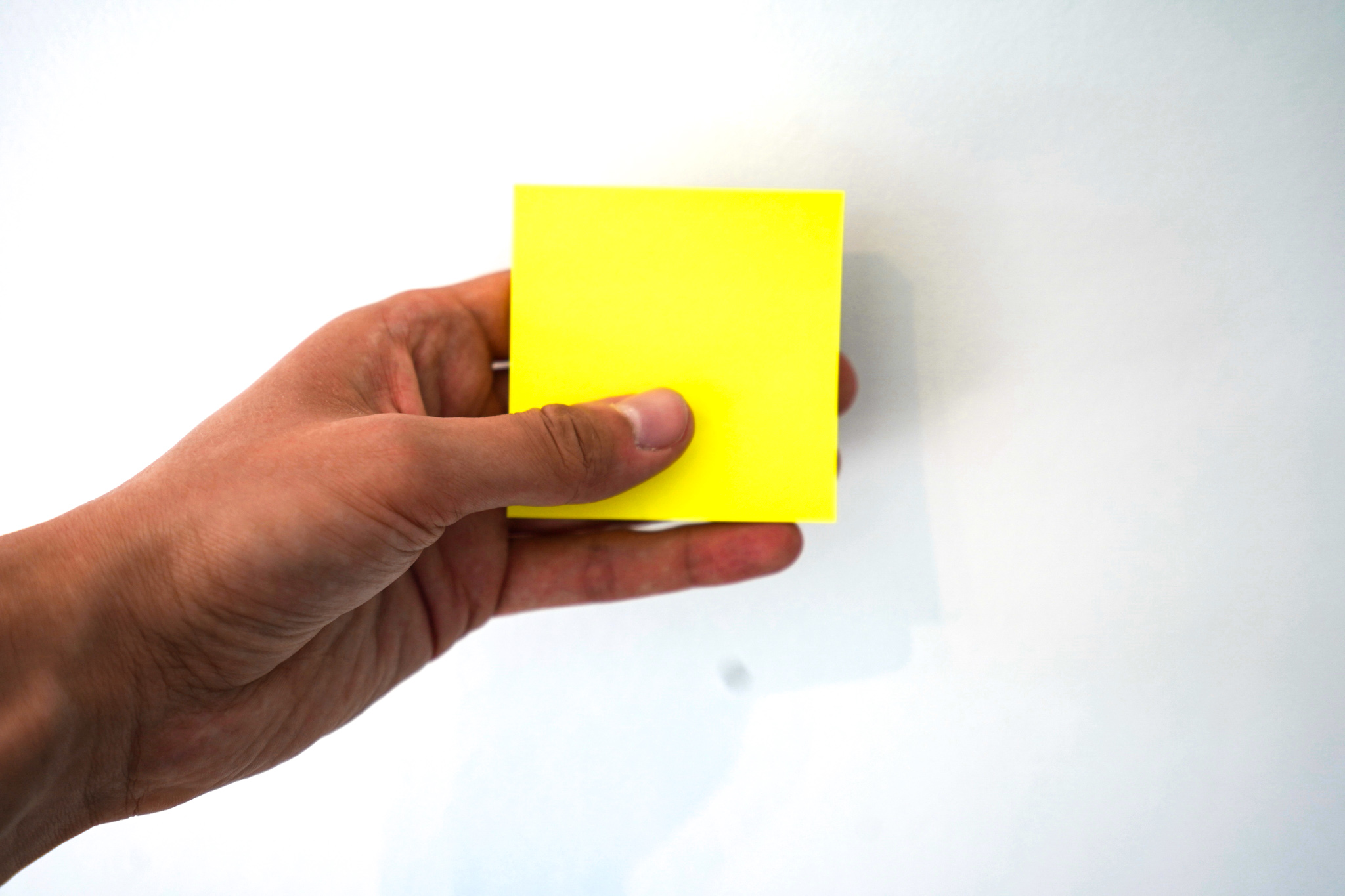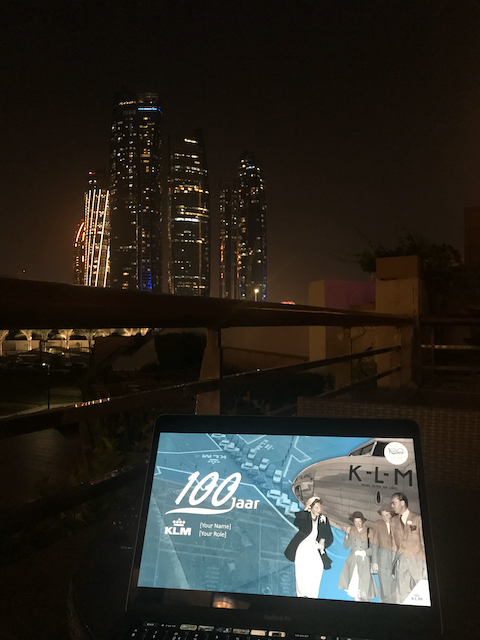Before, during and after
When you consider events as having a “before”, a “during” and an “after” (see the related model as well), each of these moments in time suffers their fair share of attention deprivation. People will turn up ill-prepared for big things in life, the “before”. They will not be fully present with their minds in the “now” (pretty much my whole travel blog is about that), the “during” and people will fail to learn from things that happened, the “after”. As wide-spread as this problem is, it also applies to meetings. And I’m guilty as charged. For most of my career, I have been ignoring the “after” part of the meetings (which sounds way cooler than it really is).[/vc_column_text][/vc_column][vc_column column_padding=”no-extra-padding” column_padding_position=”all” background_color_opacity=”1″ background_hover_color_opacity=”1″ column_link_target=”_self” column_shadow=”none” column_border_radius=”none” width=”1/4″ tablet_width_inherit=”default” tablet_text_alignment=”default” phone_text_alignment=”default” overlay_strength=”0.3″ column_border_width=”none” column_border_style=”solid” bg_image_animation=”none”][templatera id=”275874″][/vc_column][/vc_row][vc_row type=”full_width_content” full_screen_row_position=”middle” column_margin=”default” scene_position=”center” text_color=”dark” text_align=”left” top_padding=”0″ overlay_strength=”0.3″ shape_divider_position=”bottom” bg_image_animation=”none” shape_type=””][vc_column column_padding=”padding-4-percent” column_padding_position=”all” background_color_opacity=”1″ background_hover_color_opacity=”1″ column_link_target=”_self” column_shadow=”none” column_border_radius=”none” width=”1/2″ tablet_width_inherit=”default” tablet_text_alignment=”default” phone_text_alignment=”default” overlay_strength=”0.3″ column_border_width=”none” column_border_style=”solid” bg_image_animation=”none”][vc_row_inner column_margin=”default” text_align=”left”][vc_column_inner column_padding=”no-extra-padding” column_padding_position=”all” background_color=”#ffffff” background_color_opacity=”1″ background_hover_color_opacity=”1″ column_shadow=”medium_depth” column_border_radius=”none” column_link_target=”_self” width=”1/1″ tablet_width_inherit=”default” overlay_strength=”0.3″ column_border_width=”none” column_border_style=”solid” bg_image_animation=”none”][image_with_animation image_url=”275910″ alignment=”” animation=”Fade In” hover_animation=”none” border_radius=”none” box_shadow=”none” image_loading=”default” max_width=”100%” max_width_mobile=”default”][/vc_column_inner][/vc_row_inner][/vc_column][vc_column column_padding=”padding-4-percent” column_padding_position=”right” background_color_opacity=”1″ background_hover_color_opacity=”1″ column_link_target=”_self” column_shadow=”none” column_border_radius=”none” width=”1/2″ tablet_width_inherit=”default” tablet_text_alignment=”default” phone_text_alignment=”default” overlay_strength=”0.3″ column_border_width=”none” column_border_style=”solid” bg_image_animation=”none”][vc_column_text]
Reflection
Reflection is the first step in learning (see learning spiral or overview-insight-impact model). Taking a moment to breath, think back on what happened, what you saw, what you heard, what you thought, what you felt, helps to learn from the event and define actions. It also increases the change you will act upon the meeting, value the meeting and decide on if the meeting was necessary or necessary in that specific form in the first place.
Actions after reflecting on your meeting
This reflection might trigger a wide variety of actions. But some things I almost always act on:
- Filling out a quick reflection. I added a simple bottom part on my 1:1 templates that forces me to quickly reflect on the meeting and indicate the impact of the meeting and the mood of the meeting.
- Sending a quick recap of the meeting and follow-up actions. After the meeting, I will send a quick recap of the meeting, summarizing the key elements discussed and the key action points, making sure we’re on the same page and that agreed-upon actions get implemented.
- Input for the next meeting. I will keep my notes and use it while preparing for the next meeting.
Certainly not always, but it might trigger:
- Changing the frequency of the meeting.
- Changing the setup of the meeting.
- Changing my preparation before the meeting or actions during the meeting.
- Reviewing my meeting templates
- Follow-up with the person. It might well be that in reflection, I realised that I missed a specific remark from that person or did not act/follow up in the best possible way.
Turning reflecting on meetings into a habit
- During/after the meeting: I added a small bottom part to my meeting notes templates, like my 1:1 meeting template (also see example in this post) in which I leave room to reflect on the meeting: what are the key takeaways, learnings and next steps, what was the impact of the meeting and what was the mood of the meeting.
- After the meeting: To make sure I do reflect on meetings, I add 15min blocks of reflection time in between or after meetings.
- After the meeting: To make sure I do reflect on meetings, I usually add an extra block of time in my calendar at the end of the day to make sure I reflect on meetings of the day in any case and that I have plenty of time to send follow-up emails.
Conclusion – reflecting on meetings
When you’re spending such a large part of your working life in meetings, it makes sense to make the most out of them. Part of that is reflecting on the meeting. Carving out some time during and after the meeting to do so helps have better meetings but -above all- better actions as a result of the meeting.
Models and exercises I referred to in this post
These are the models and exercises I referred to in this post:




